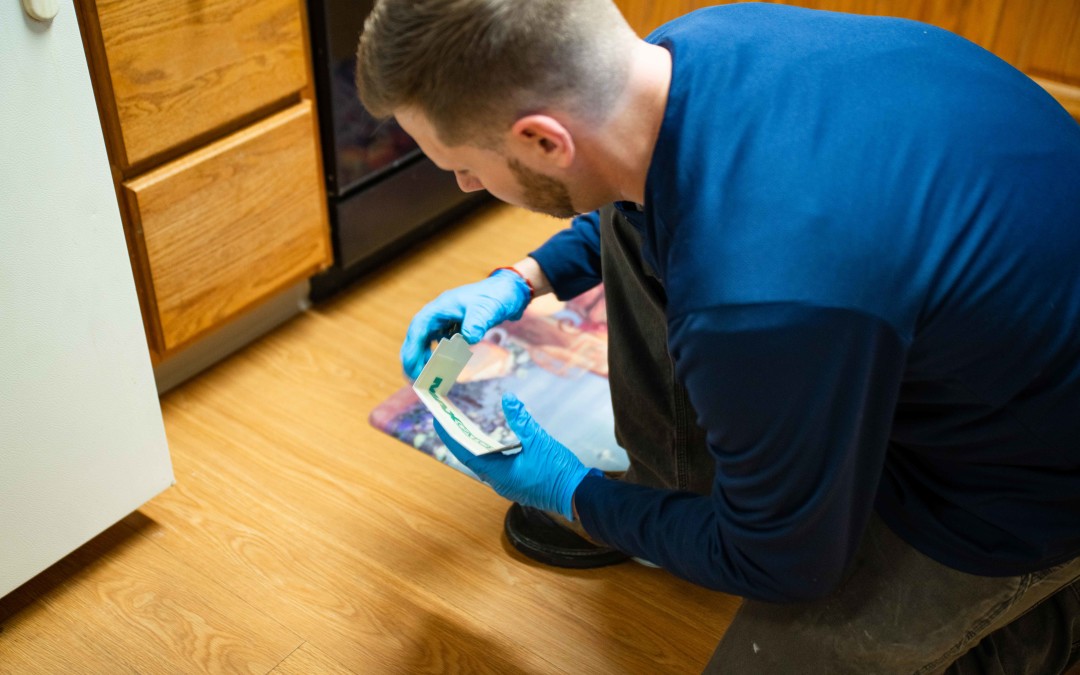We often look at nature and we feel wonder, and sometimes horror, but every now and then a story is so crazy that we think we’re being pranked. There is a species of parasitic fungus that infects male cicadas, and then forces them to behave like females in order to attract more males and infect them as well.
The fungus will infect a male cicada and eat away at its abdomen, filling it with yellow spores. It will then force the male to flick its wings in a movement pattern that is similar to that performed by females to attract males.
Any healthy male who notices this dance will run over to mate with the infected cicada, at which point, the fungal infection is passed along. The fungus is called Massospora, and it can affect any cicada species, but it is mostly found in the Magicicada genus. The Magicada genus is a periodical subspecies with a black coloration and red eyes. They spend anywhere from 13 to 17 years underground as nymphs. Luckily for researchers, different cicada broods have their mating seasons in different years, so they did not have to wait 17 years to get some research samples.
After their “nymph” stage, cicadas will emerge from the underground, molt their exoskeletons, and then live life on the surface for a few weeks, mate, lay eggs and die. However, if one the cicadas is infected with the mind-control fungus, within a week, the interior of its body will be disintegrated, but it will continue to fly and spread the fungus. The spores are dispersed as the insect travels and this process is known as active host transmission (AHT), where a parasite manipulates the host.
This is the only example where the pathogen in AHT behaves as a sexually transmitted disease. To make things even weirder, the fungus does this partly by using a psychoactive chemical known as psilocybin – the same compound found in magic mushrooms. However, the full mechanism through which the fungus controls the host is not yet understood.
This research is not only very cool, but it also has a huge practical benefit. If scientists can reverse engineer the ways in which the fungus controls cicadas, they could theoretically build new strains that control other pests around the world. Imagine if you could create a fungus, launch it where you have a huge roach infestation, and wipe out an entire population over a wide geographical area.
On top of that, scientists suspect that there are undiscovered species of Massospora, along with other AHT fungi, which have undoubtedly developed their own intimate relationships with a variety of hosts. If researchers could gain access to these fungi, they could unlock a treasure trove of information and discover new pest control methods that could destroy numerous invasive species. Only time will tell, but the research done so far is presenting some very exciting possibilities.

